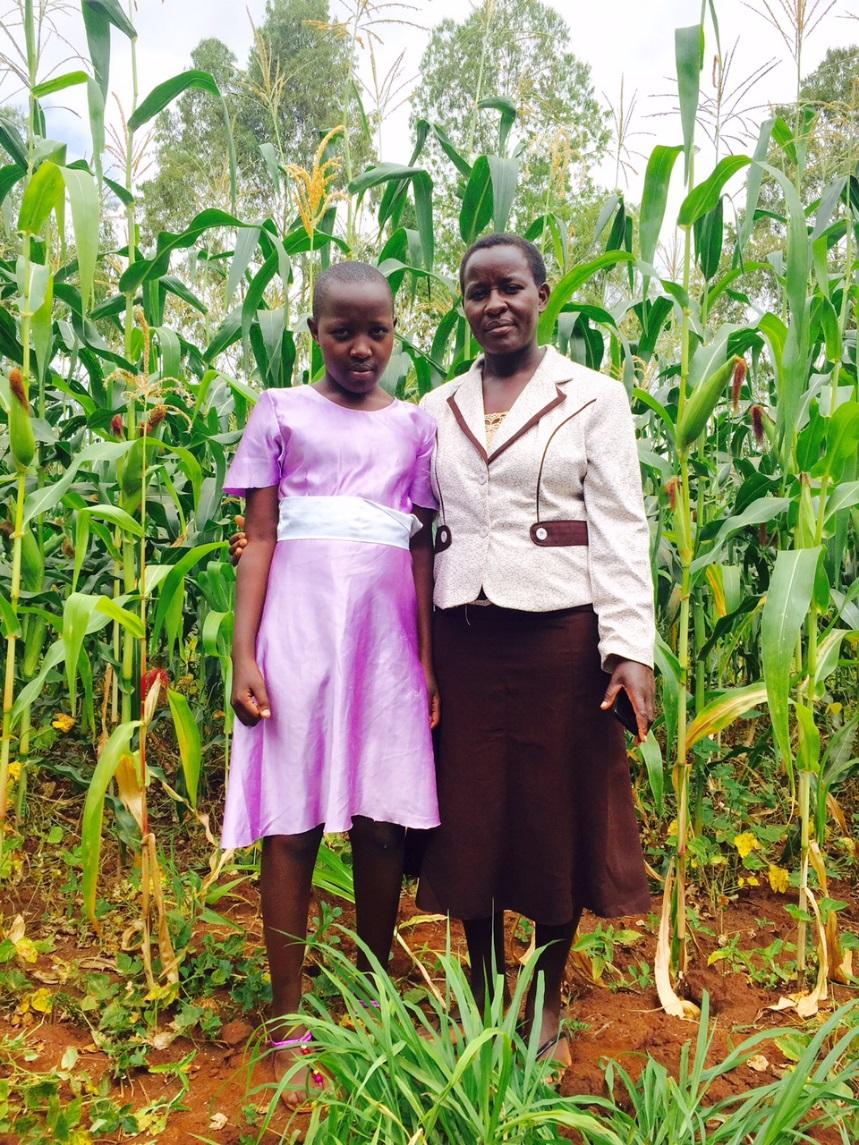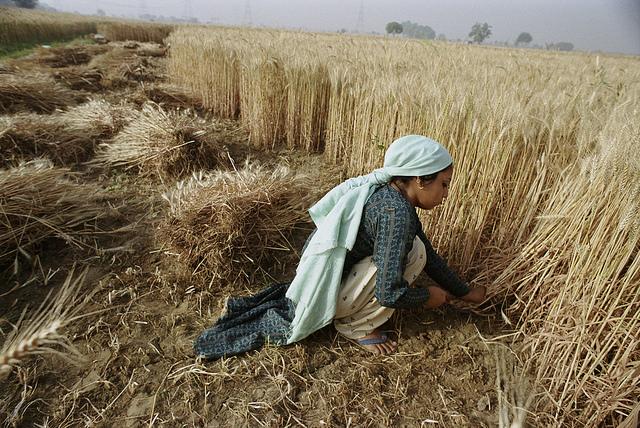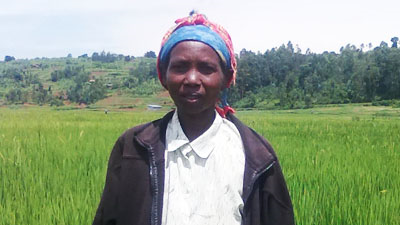
Published on:
Topics:
Country:
Compagnie Nationale d’Assurance Agricole du Sénégal (CNAAS) has selected Africa Re, the most prominent African Reinsurer, to lead the reinsurance program of 40,000 cotton and maize farmers in Senegal, jointly with AXA CS and CICA Re, according to a press release issued by Africa Re. The news indicates a positive development in the agriculture sector in Senegal, which accounts for 35% of annual GDP, as the country is facing several climate-related risks including drought and floods, undermining food production and jeopardizing food security. The development of index insurance in Senegal can be




